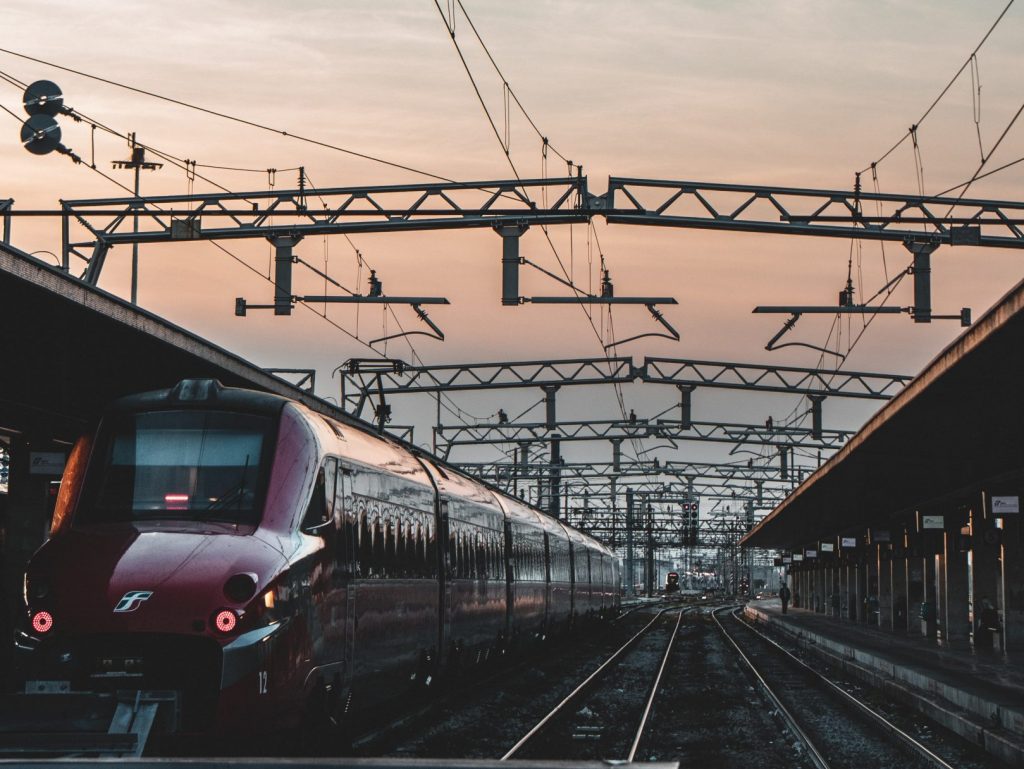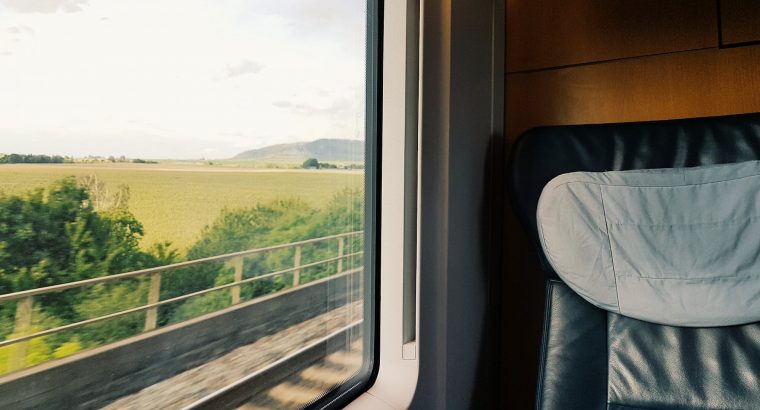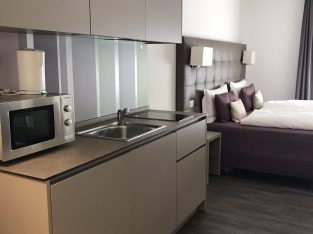Traveling by Train in Italy
All aboard! Okay, so the train conductors do not actually shout those exact words, but the point has been made: hop on the trains to discover what Italy has to offer. Not only will you experience ease and a stress-free journey, but you can do this at a much lower cost than other transportation options. The Italian train network, including major names like Trainline, Trenitalia and Italo Treno, covers a large part of the country as a quick and efficient way to cover wide terrain. Of course, cars, buses and airplanes are still viable options, but if you haven’t discovered the beauties of the train system, you don’t know what you are missing.
For example, some tourist-heavy attractions like Cinque Terre or Lake Como can be a nightmare to travel to in a car due to the high traffic congestion. And who wants to sit in back-to-back traffic at the beginning and end of their holiday? Trains take that away from the journey equation and in its place, add a hands-free navigation journey for its lucky customers. Unfortunately, some areas in Italy are better traveled to and around via cars and buses due to its lackluster train system, but we aren’t here to dwell on the negatives.
Look no further for the different types of trains, how to book, travel standards and what to expect when traveling Italy by train!

Types of trains
With the variety of trains in Italy, let’s relate it to Italy’s popular drink: il caffe.
High-Speed Trains (Le Frecce and Italo) – Espresso – these trains get you to your destination the fastest, like the famous espresso that delivers you the quickest caffeine boost
Intercity Trains – Espresso Macchiato – these trains still get you there quickly but have a few stops, similar to the espresso macchiato that is a quick drink with a bit of milk
Interregional, regional, local trains – Cappuccino – these are slower and shorter distance trains with several stops, like the popular cappuccino which allows you to sip and take your time
High-speed trains
Offering comfort and good service, Italy’s high-speed trains make traveling a breeze. Provided by two companies, Trenitalia and Italo Treno, travelers have great options to choose from when planning their journeys.
Trenitalia calls its fast trains Le Frecce, and it does offer different types of trains similar to different models of a car or airplane, but the most important detail is: they each deliver you to your destination the fastest! Visit Trenitalia website and explore what it has to offer. Another great idea is to download its app, so that you can have this handy tool at your fingertips for those spur-of-the-moment travel decisions.
Italo Treno is similar to Trenitalia in most ways, except it only offers high-speed trains compared to Trenitalia, which also has regional trains. Another added perk of choosing Italo Treno is that you are helping reduce Italy’s carbon footprint. According to its website, “98% of the materials with which Italo trains are built are recyclable, and the cutting-edge technologies with which they are equipped allow energy to be saved, allowing a strong reduction in CO2 emissions into the atmosphere compared to other means of transport”.
Prices and schedules will differ, as well, so it all comes down to what you need or prioritize when choosing your train service. Fortunately, the high-speed trains all come equipped with reserved seating, luggage storage, and wi-fi, so whichever option you choose will surely leave you satisfied.
Intercity and Regional trains
Connecting significant cities like Florence, Venice, and Rome, intercity trains, although not the fastest, can still get you to your destination in a timely manner and at a lower cost. Regional trains, the caboose of the train system, operate at a much slower speed as it connects you to more cities throughout a region. A popular example of a regional train is the Circumvesuviana, which links Naples, Pompeii and Sorrento in the Campania region. However, one downfall is that unlike intercity trains, which have reserved seating, regional trains are a first come-first served basis, so get there early if you want a seat!
How to Book
Finally, the most important part of all: how do we book the tickets? Luckily, both Trenitalia and Italo have easy-to-navigate apps for your smartphone, or you can visit each website to purchase tickets. Besides being quick and storing your information for your future purposes, your tickets will also be available on your phone for quick access when showing the train agents. However, you will not be able to book regional trains on those sites, so opt for websites (also available in apps) Trainline or Omio. These sites give you a plethora of options to choose from. And if all else fails, you can still use the “original route”: book in person. You can do this at the train station via the company’s ticket counter or at the machines.
Bonus: Below are the estimated travel times between major Italian cities. For an interactive route and detailed routes, check out this article.
Milan to Rome: 3h 10 m
Milan to Venice: 2h 12m
Milan to Florence: 1h 44m
Rome to Venice: 3h 16 m
Rome to Florence: 1h 17 m
Rome to Naples: 1h 07m
Florence to Venice: 2h 01 m
Now that you are equipped with the ins and outs of the train system (at least the most important general ones), what are you waiting for? Use these tips and begin booking your next adventure!
Article by Mary Catherine Holcomb for Easy Milano
You must be logged in to post a comment.




